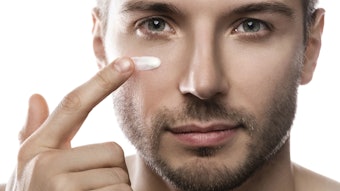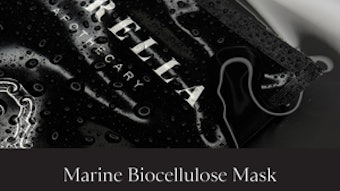
When I say the words skin health, what comes to your mind? When I talk about peptides, growth factors, skin occlusion or biomimetic science, what comes to your mind? I am writing this article for skin care professionals who work in the practical application and use of advanced skin care products. This article will discuss the factors of good skin health, application principles that should be well understood by all skin care professionals and some of the newer technologies that we all see in the market today. Note that this article is addressing esthetic skin conditions and not skin conditions with any pathology present.
3 Keys to Skin Health
When a client presents to a skin care professional for esthetic evaluation, all too often you will hear evaluations such as “your skin is dry, oily, sensitive, acne prone, has a lot of dead skin on the surface, etc.” While that may be interesting, a deeper understanding of the actual properties of skin is needed, and that insight should be passed on to the client. Clients are looking for rationale in what their products are delivering, particularly in the environment of the current pandemic. There are three keys to good skin health that are well known and understood: barrier function, pH and a balanced microbiome. It is critically important to understand these three keys to skin health. All three of these skin properties work synergistically, so when one of these are affected, they all react and can produce unwanted skin conditions.
Barrier function. To the layman, the barrier of the skin can be explained by discussing that it is the property of the skin that keeps toxins out and moisture in. While this is true, a better understanding of the barrier function is that it is comprised of cornified skin cells interspersed among skin lipids forming what cosmetic chemists call the brick and mortar structure of the skin (see Damaged Versus Healthy Skin Structure). As you can see, damaged barrier function can have dramatic impact on skin including dehydration, inflammation, skin sensitivity and a host of undesirable biochemical reactions.
pH. The marketing of skin care products often includes the saying “pH balanced.” What does that actually mean? It has been determined with ongoing research that the actual natural skin pH is near 4.5 to 5.0. This is important to know for several reasons. One important reason is the undesirable growth of bacteria on the surface of the skin. When the pH of skin rises, more undesirable bacteria can multiply on the surface. This can lead to inflammation and sensitization reactions on skin.
Continue reading about skin health in our Digital Magazine...












